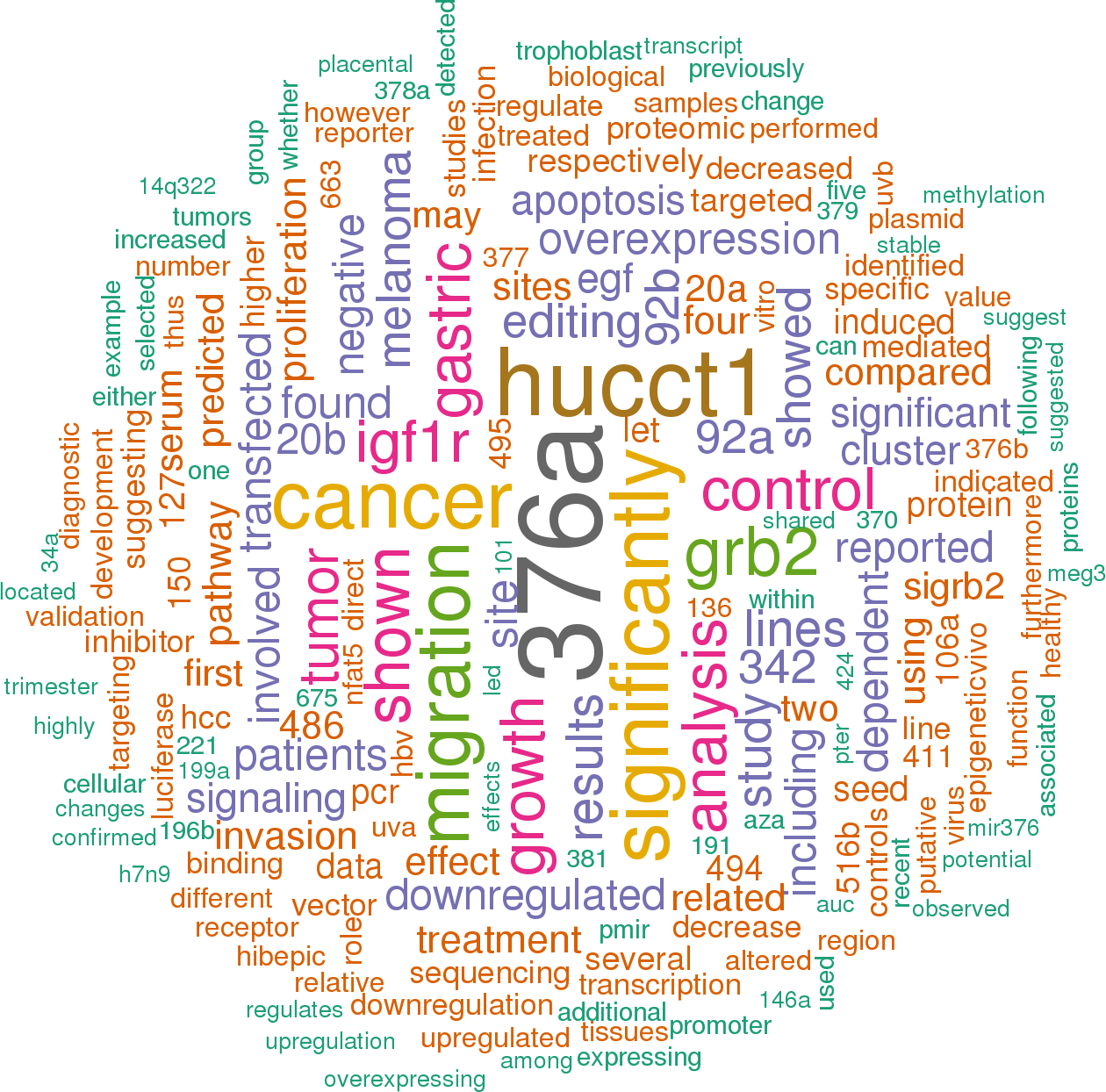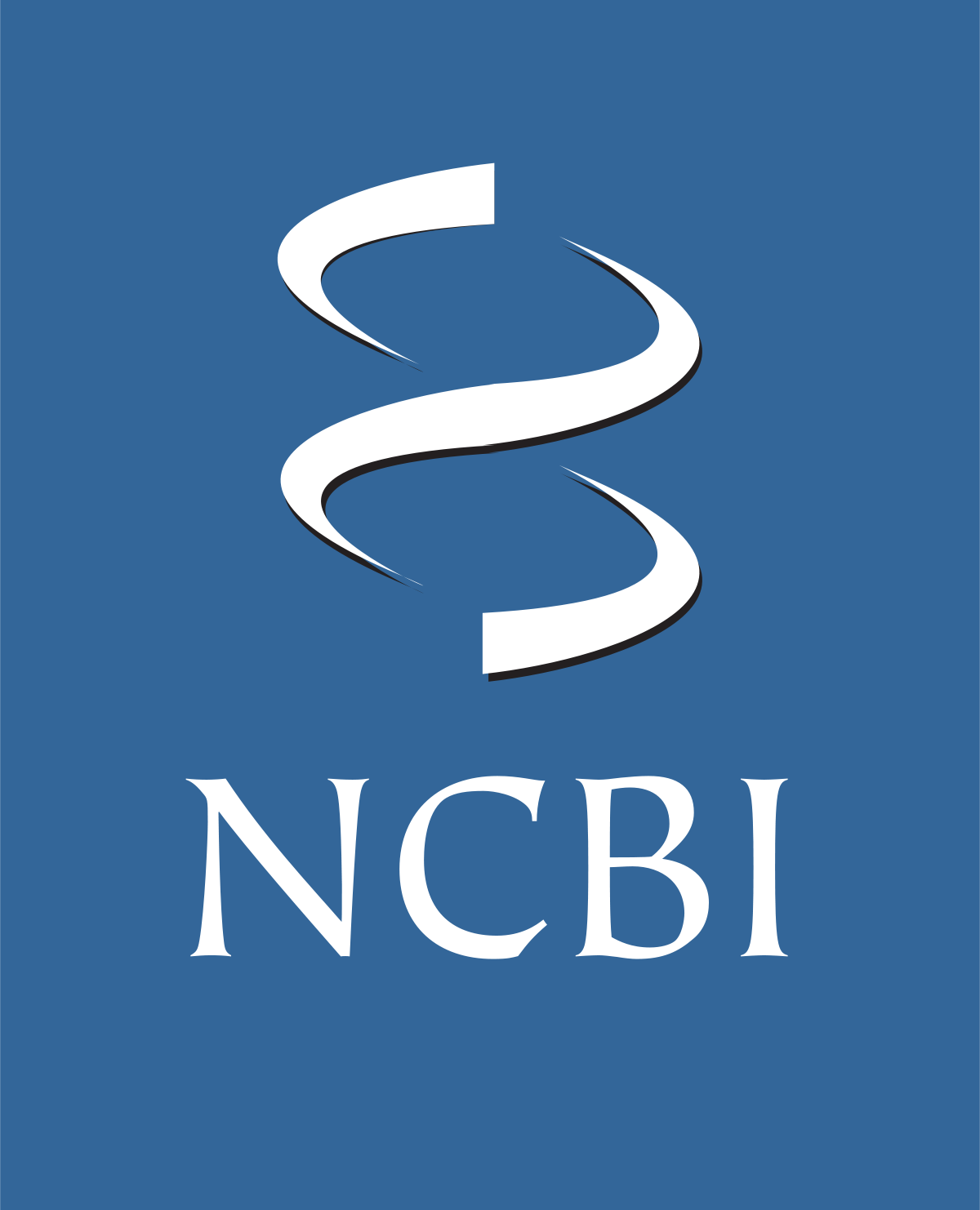Accession
MI0000776
Symbol
HGNC:
MIR376C
Description
Homo sapiens
hsa-mir-376c precursor miRNA mir-368
Gene
family?
family?
RF04291;
mir-368
Summary
Caution, this is an AI generated summary based on literature. This may have errors. ?
MIR376C is a microRNA characterized by a rapid turnover, indicating that its levels and activity are closely tied to its synthesis and processing [PMC7486624]. This microRNA plays a regulatory role by suppressing the translation of α1 and γ2 subunits, which in turn leads to a decrease in the number of gamma-aminobutyric acid type A receptors (GABAARs) present at dendritic inhibitory synapses [PMC7486624]. Consequently, the expression of MIR376C is associated with a reduction in the overall number of functional inhibitory synapses, which could have implications for neuronal signaling and plasticity [PMC7486624].
Literature search

80 open access papers mention hsa-mir-376c
(327 sentences)
(327 sentences)
Sequence
13204
reads,
124
reads per million, 99 experiments
aaaaGGUGGAUAUUCCUUCUAUGUUuauguuauuuaugguuaAACAUAGAGGAAAUUCCACGUuuu
((((.(((((..(((((.(((((((((.............))))))))))))))..))))).))))
((((.(((((..(((((.(((((((((.............))))))))))))))..))))).))))
Structure
G UA U uguua
aaaa GUGGA UUCCU CUAUGUUua u
|||| ||||| ||||| ||||||||| u
uuuU CACCU AAGGA GAUACAAau u
G UA - uggua
Annotation confidence
High
Do you think this miRNA is real?
Comments
This miRNA has been named both miR-368 and miR376c in the literature, and previously here. The mature miR-376c product has been shown to be modified by A to I edits [3]. The mature sequence shown here represents the most commonly cloned form from large-scale cloning studies [4]. The 5' end of the miRNA may be offset with respect to previous annotations.
Genome context
chr14: 101039690-101039755 [+]
Clustered miRNAs
16 other miRNAs are < 10 kb from hsa-mir-376c
| Name | Accession | Chromosome | Start | End | Strand | Confidence |
|---|
Disease association
hsa-mir-376c is associated with one or more human diseases in the Human microRNA Disease Database
| Disease | Description | Category | PubMed ID |
|---|
Mature hsa-miR-376c-3p
| Accession | MIMAT0000720 |
| Description | Homo sapiens hsa-miR-376c-3p mature miRNA |
| Sequence | 43 - AACAUAGAGGAAAUUCCACGU - 63 |
| Evidence |
experimental
cloned [1-2,4], Northern [1], SOLiD [5] |
| Database links |



|
| Predicted targets |


|
Mature hsa-miR-376c-5p
| Accession | MIMAT0022861 |
| Description | Homo sapiens hsa-miR-376c-5p mature miRNA |
| Sequence | 5 - GGUGGAUAUUCCUUCUAUGUU - 25 |
| Evidence |
experimental
SOLiD [5] |
| Database links |



|
| Predicted targets |


|
References
|



